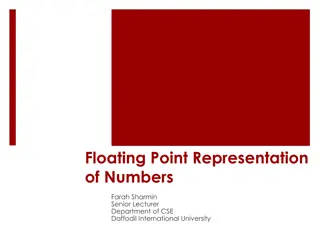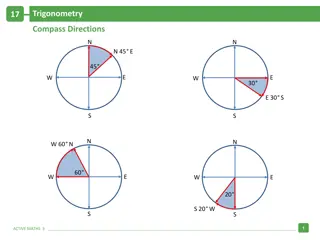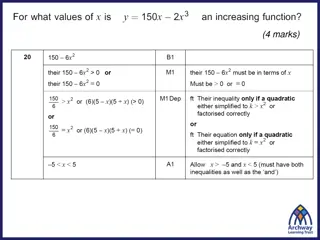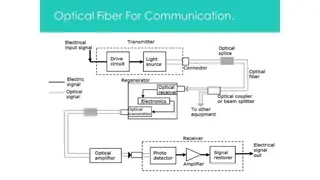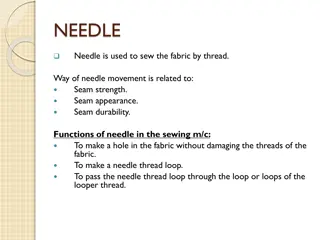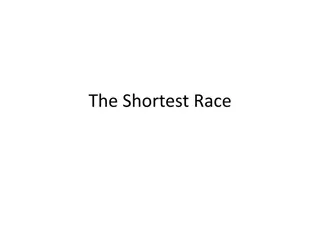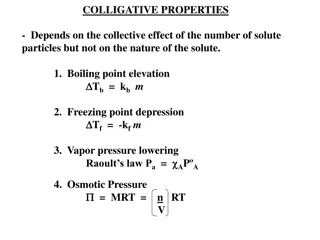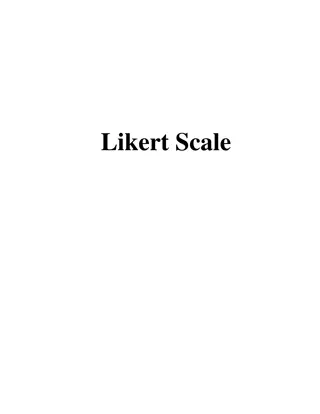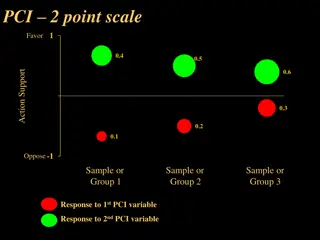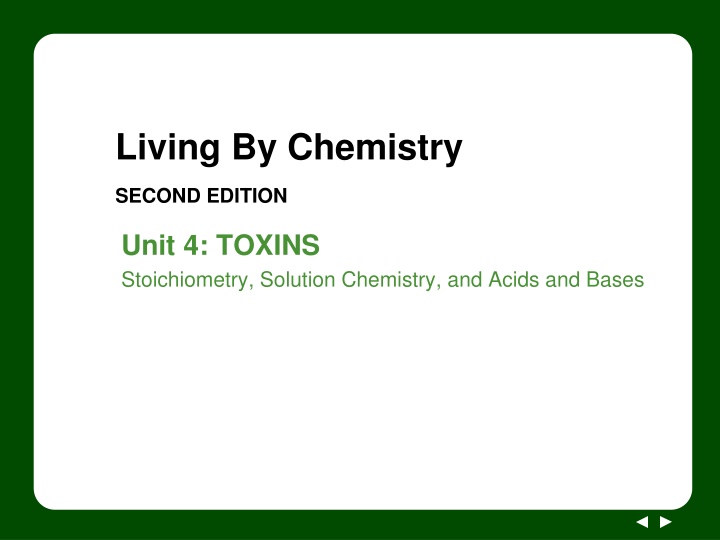
Chemical Reactions: Types and Patterns
Explore the different types of chemical reactions such as combination and decomposition, and learn how atoms rearrange to form new products. Get insights into stoichiometry, solution chemistry, acids, and bases in this educational guide.
Uploaded on | 0 Views
Download Presentation

Please find below an Image/Link to download the presentation.
The content on the website is provided AS IS for your information and personal use only. It may not be sold, licensed, or shared on other websites without obtaining consent from the author. If you encounter any issues during the download, it is possible that the publisher has removed the file from their server.
You are allowed to download the files provided on this website for personal or commercial use, subject to the condition that they are used lawfully. All files are the property of their respective owners.
The content on the website is provided AS IS for your information and personal use only. It may not be sold, licensed, or shared on other websites without obtaining consent from the author.
E N D
Presentation Transcript
Living By Chemistry SECOND EDITION Unit 4: TOXINS Stoichiometry, Solution Chemistry, and Acids and Bases
Lesson 73: What s Your Reaction? Types of Reactions
ChemCatalyst Consider these reactions: CaCO3(aq) CaO(aq) + CO2(g) CO2(g) + NaOH(aq) NaHCO3(aq) a. b. How are these two reactions different? How would you describe, in words, what happens to the reactants in each case?
Key Question How do atoms rearrange to form new products?
You will be able to: identify patterns in chemical equations that reflect different types of reactions classify chemical equations as representing combination, decomposition, single exchange, or double exchange reactions
Prepare for the Activity Work in pairs.
Discussion Notes CO2(g) + NaOH(aq) NaHCO3(aq) Combination CaCO3(aq) CaO(aq) + CO2(g) Decomposition Cl2(g) + 2NaBr(s) 2NaCl(s) + Br2(l) Single exchange 2AgCl(s) + BaBr2(aq) 2AgBr(s) + BaCl2(aq) Double exchange
Discussion Notes (cont.) A + B AB Combination AB A + B Decomposition A + BC AC + B Single exchange Double exchange AB + CD AD + CB
Discussion Notes (cont.) Chemical reactions can be divided into categories based on how the atoms in the reactants rearrange to form the products. Combination reaction: Several reactants combine to form a single product. Combination reactions are easy to spot because there is only one compound on the product side of the equation. The general reaction can be written as A + B AB.
Discussion Notes (cont.) Decomposition reaction: A compound breaks down as a result of the chemical change. Decomposition reactions are easy to spot because there is only one reactant. The general reaction can be written as AB A + B.
Discussion Notes (cont.) Single exchange reaction: A compound breaks apart, and one part combines with the other reactant either an atom or a group of atoms such as OH-, CO32-, or NO3. Typically, one of the reactants is an element. The general reaction can be written as A + BC AC + B, where A displaces B.
Discussion Notes (cont.) Double exchange reaction: Both reactants break apart. Their parts then recombine into two new products. Thus, the two reactants exchange parts. The general reaction can be written as AB + CD AD + CB, where B and D exchange with each other (or A and C exchange with each other).
Discussion Notes (cont.) Toxins can react in any of these ways in the body, depending on the toxin and the circumstances.
Wrap Up How do atoms rearrange to form new products? Chemical reactions can be sorted into categories based on how the atoms in the reactants rearrange to form the products. Four general types of chemical reactions are combination reactions, decomposition reactions, single exchange reactions, and double exchange reactions.
Check-In Examine this chemical equation, which describes a double exchange between silver nitrate and sodium chloride. Predict the products. Make sure the equation is balanced. AgNO3(aq) + NaCl(aq) Ag____(s) + Na_____(aq)





